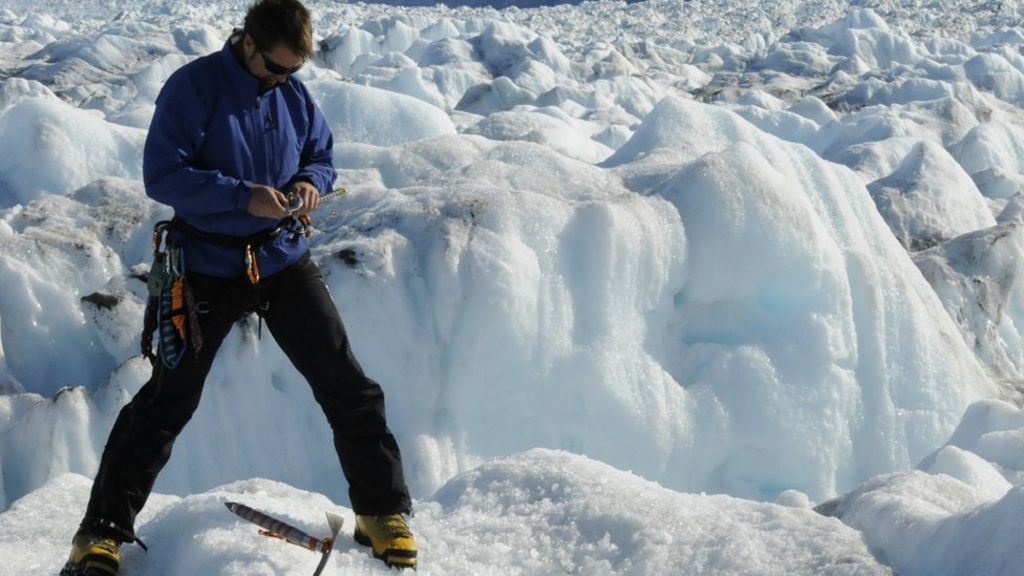

The vessel ran aground at a speed of 7.6 knots before the bridge team could take evasive action team members were not closely monitoring the echo sounders, and the steady decrease of the under-keel water depth went unnoticed for more than 4 minutes, because the echo sounders’ low water depth alarms had been turned off. The Akademik Ioffe was sailing through narrows in a remote area of the Canadian Arctic that was not surveyed to modern or adequate hydrographic standards, and where none of the vessel crew had ever been. In September 2020, Reuters reacted to the ice coverage decrease with this headline : “Sea of Slush: Arctic sea ice lows mark a new polar climate regime.” The news organization has yet to publish news of this year’s larger ice sheet.On 24 August 2018, the passenger vessel Akademik Ioffe ran aground 78 nautical miles north-northwest of Kugaaruk, Nunavut. This year’s news that Arctic sea ice coverage is up over last year garnered fewer headlines than last year’s news that ice coverage had decreased year-over-year. In July 2021, Antarctic sea ice covered 6.32 million square miles, which was 160,000 square miles above average in the 43-year record of the ice sheet, according to the National Oceanic and Atmospheric Administration. The organization’s “NSIDC in the News” page links to many more stories on the Arctic than the Antarctic. The page “ Greenland Ice Sheet Today” also features prominently. “Arctic Sea Ice News & Analysis” features prominently on the site, while there is no equivalent page for the Antarctic. Though the National Snow and Ice Data Center, which is often the source for the media buzz over the shrinking Arctic, bills itself as a center on polar research and as “advancing knowledge of Earth’s frozen regions,” its website emphasizes one pole over the other. While the Antarctic Ice Sheet’s greater size means it is more impactful on the climate, media focus has remained on the downward-trending Arctic.

According to the National Snow and Ice Data Center, the Antarctic ice sheet is roughly the size of the contiguous United States and Mexico combined (5.4 million square miles) while the Arctic ice sheet is three times the size of Texas (656,000 square miles). The Antarctic ice sheet is much larger than the Arctic ice sheet. The NASA study contradicted the Intergovernmental Panel on Climate Change’s 2013 report, which stated: “Over the last two decades, the Greenland and Antarctic ice sheets have been losing mass, glaciers have continued to shrink almost worldwide, and Arctic sea ice and Northern Hemisphere spring snow cover have continued to decrease in extent (high confidence).”įollowing the NASA study and further research, the Intergovernmental Panel on Climate Change reversed its position on Antarctic ice coverage.
#Arctic ice driver accident report update
The March 2017 news of the Arctic ice sheet’s greatest extent garnered this headline in the Washington Post : “The Arctic just set a grim new record for low levels of sea ice.” In March of 2018, MSNBC published an article on the semi-annual update titled: “How vanishing Arctic ice may set stage for extreme Nor’easters.” For 2020’s second update, Vox published this headline : “Why the record low Arctic sea ice this October is so alarming.” On the same day last year that the New York Times reported the annual low range of the Arctic ice cap in the print edition, the top story in the print edition read : “A Climate Crossroads With 2 Paths: Merely Bad or Truly Horrific.”Įvery year in March and September, the Arctic ice’s annual high and lows generate grave warnings and calls to action across media outlets (sometimes accompanied by pictures of sad polar bears on precarious floating ice). The decreasing trend in the north pole’s ice cap has been one of the biggest headline generators in climate change news coverage. The past 15 years have shown a lower extent of Arctic ice coverage compared to the previous 27 years. Scientists have tracked ice coverage in the Arctic since 1979. He added that this year is a “reprieve” and that “the weather is so variable.”
#Arctic ice driver accident report full
“The extent is higher than in recent years, but that is not telling the full story,” explained Mark Serreze, executive director of the National Snow and Ice Data Center.


 0 kommentar(er)
0 kommentar(er)
